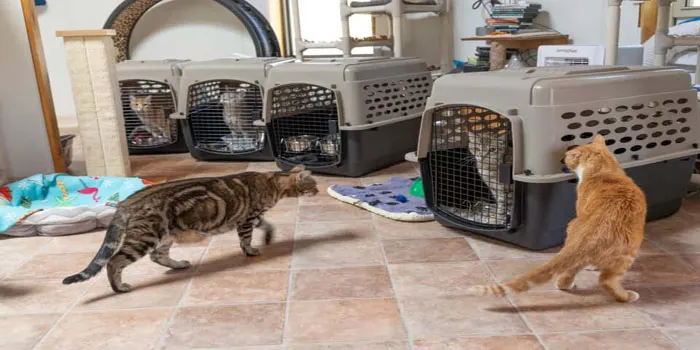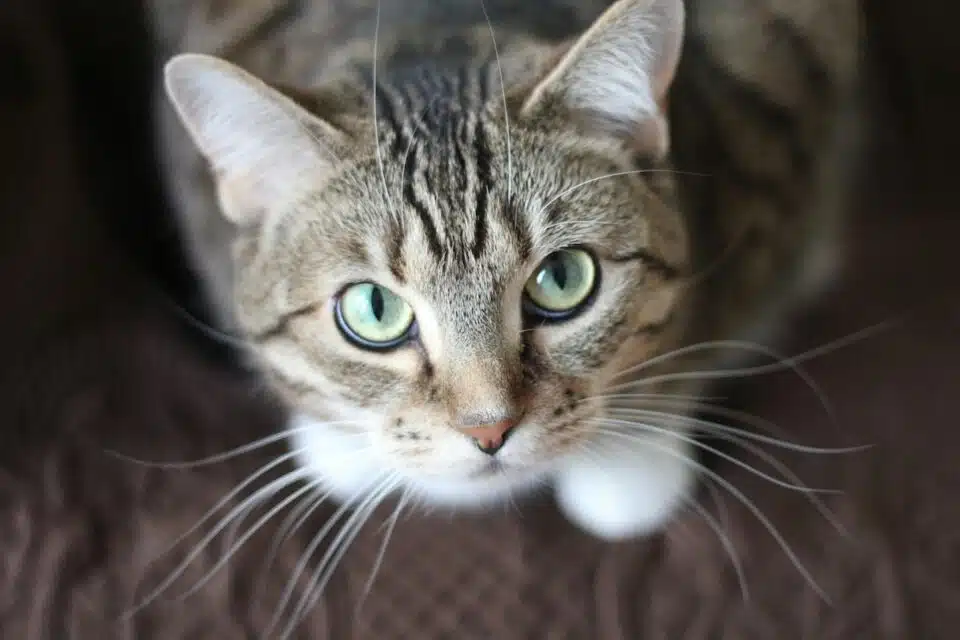The University of California, Davis (UC-Davis) recently announced the end of its contentious kitten studies, which resulted in the release of over a dozen kittens that had previously been subjected to laboratory testing. This announcement marked a key turning point for proponents of animal welfare. This choice is a turning point in the continuing discussion about the moral treatment of research animals, especially those defenceless and helpless animals that rely on human kindness to survive. Animal rights activists and organisations, who have long opposed the use of kittens in experiments, have applauded the decision. They claim that the methods are needless and unethical.

The aforementioned tests were a sequence of intrusive techniques designed to investigate feline illnesses and devise remedial measures. Animal rights organisations, who maintained that kittens shouldn’t be put through painful and hazardous conditions just for scientific purposes, caused a great deal of controversy over these procedures for many years. Because these research frequently required confinement, medical procedures, and improper socialisation, there were severe ethical concerns over the emotional and psychological effects on these young animals. Calls for reform rose along with public awareness of animal welfare issues, forcing organisations like UC-Davis to review their procedures and take more compassionate options into consideration.

Animal welfare organisations, including the Humane Society of the United States and local advocacy groups, praised the move to stop the kitten tests. UC Davis received a lot of praise for paying attention to concerned individuals’ concerns and realising how crucial it is to treat animals with respect and dignity. Not only was the release of the kittens a major step towards a more humane approach to scientific research, but it also marked a victory for animal rights campaigners. The public’s backing for these efforts demonstrated the mounting pressure on establishments to give ethical behaviour top priority and look for alternatives that don’t damage animals.

The community of shelters and rescues jumped into action as soon as it was announced that the experiments were coming to an end, ready to welcome the freed kittens and give them the love and care they needed. The kittens were able to move from their laboratory setting into a caring and supportive environment as soon as foster homes were set up. To guarantee that every cat received the required medical attention, shots, and socialisation to prepare them for successful adoption into permanent homes, volunteers and organisations banded together. This cooperative endeavour demonstrated the community’s dedication to animal welfare and the transformative potential of grassroots advocacy.

These kittens’ liberation also acted as a reminder of how crucial it is to cultivate empathy and compassion for all living things. With its distinct personality and past, every cat serves as a symbol for the innumerable creatures that suffer from comparable outcomes in labs across the globe. The choice to discontinue the UC-Davis studies has spurred more extensive conversations over the ethics and necessity of employing animals in scientific research. Now, proponents are pressuring other academic institutions to do the same, demanding the adoption of more compassionate research techniques and a thorough examination of policies governing animal testing.
Following this ruling, the debate over alternatives to animal testing has gathered steam. The scientific community is beginning to see how novel technology and approaches without the use of live animals can be quite promising. Technological developments in areas like tissue engineering, computer modelling, and in vitro testing give researchers useful instruments that can partially or completely replace the use of animal experimentation. Institutions can maintain ethical norms while advancing scientific understanding and knowledge by adopting these choices.
Furthermore, the public’s opinion of animal care and the function of research institutions will be affected by the termination of the kitten trials at UC-Davis. There’s a rising expectation that colleges and labs will be more transparent and accountable as more people become aware of the ethical issues surrounding animal research. The choice to stop these trials represents a change in focus as organisations realise that it is their duty to protect the welfare of the animals in their care. The discussion on moral research procedures is developing, and UC-Davis’s activities have created a good example for others to follow.
The kittens’ tales serve as potent reminders of the resiliency of animals and the significance of human action as they adjust to their new existence outside of a laboratory. After escaping a life of captivity to experience the joy of being a part of a loving family, every adopted kitten represents a path of healing and regeneration. The dedication of the community to provide these cats loving, secure homes serves as more evidence that all animals have the right to a happy life.
To sum up, the decision made by UC-Davis to stop testing on kittens and release more than a dozen cats is a major win for proponents of animal welfare and emphasises the continued necessity of ethical considerations in research procedures. The joint endeavours of advocates, volunteers, and members of the community have highlighted the need of compassion in scientific research and drawn attention to the predicament of animals who are vulnerable. The steps taken by UC-Davis are a monument to the strength of activism and the unwavering belief that every creature deserves to be treated with care and respect, even as society continues to debate the moral implications of animal testing. The trip taken by these freed kittens is a hopeful example of the good things that can happen when people band together to support animal rights, eventually leading to a time where science is guided by ethics and compassion.





Leave a comment